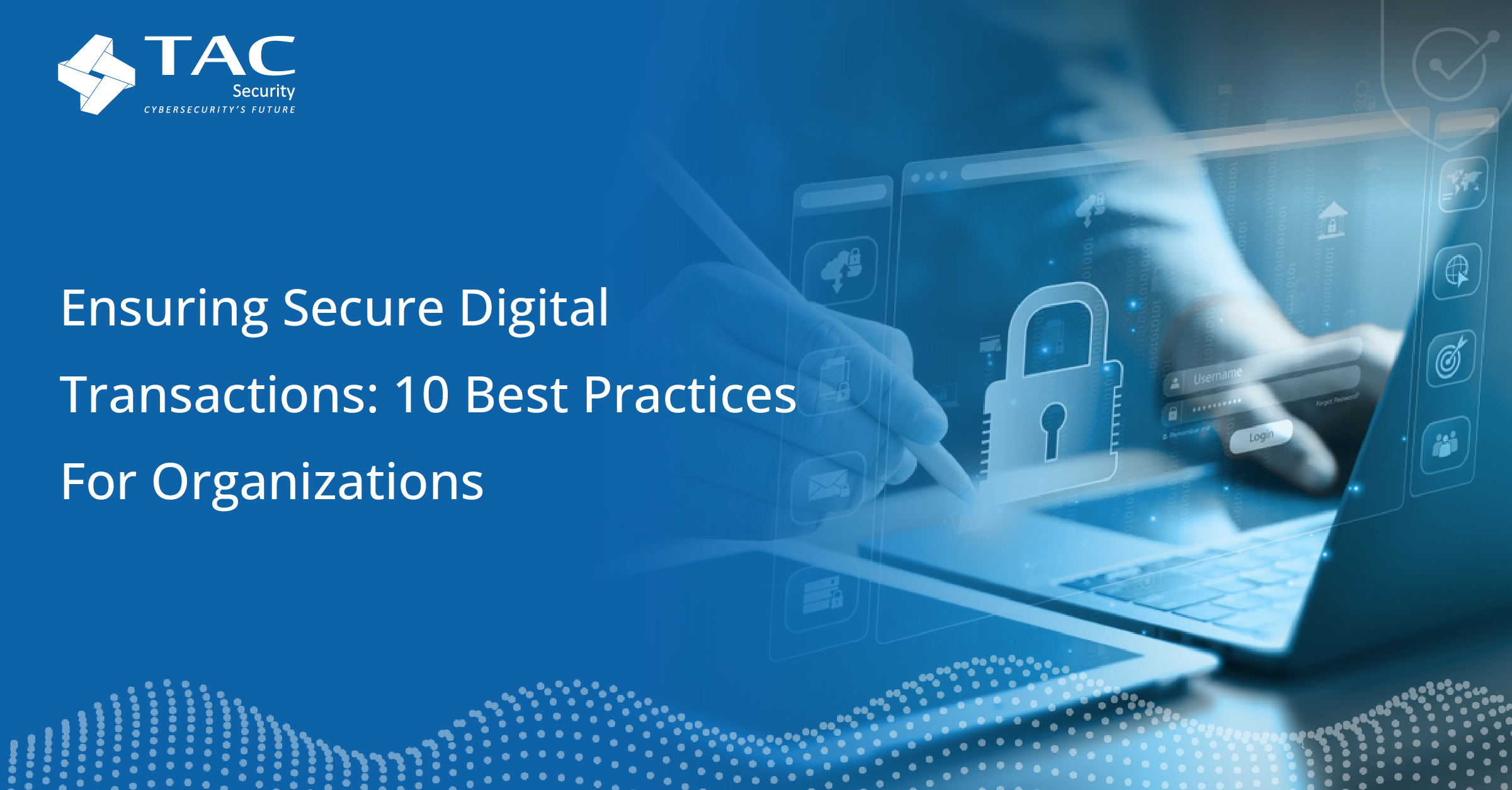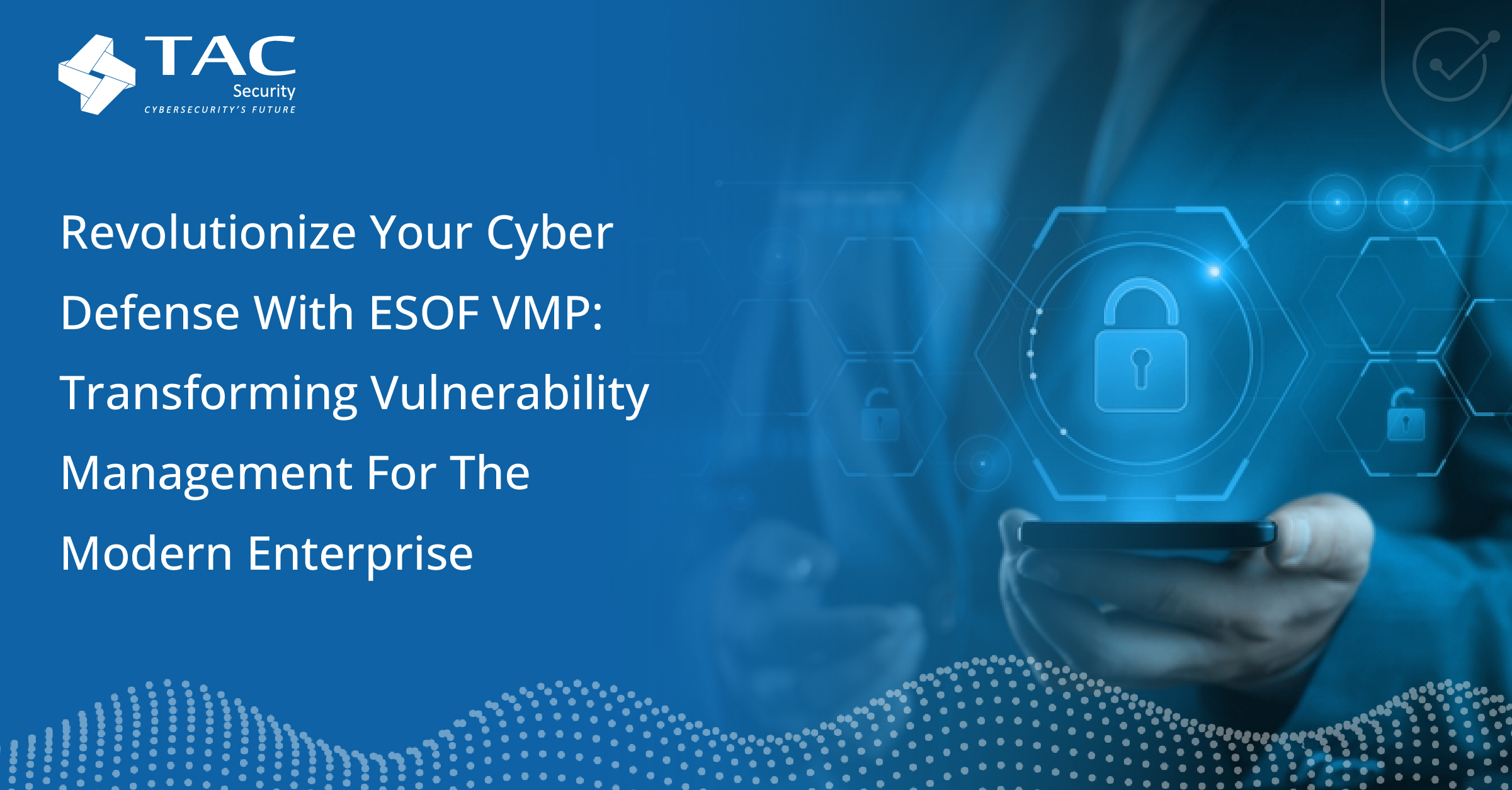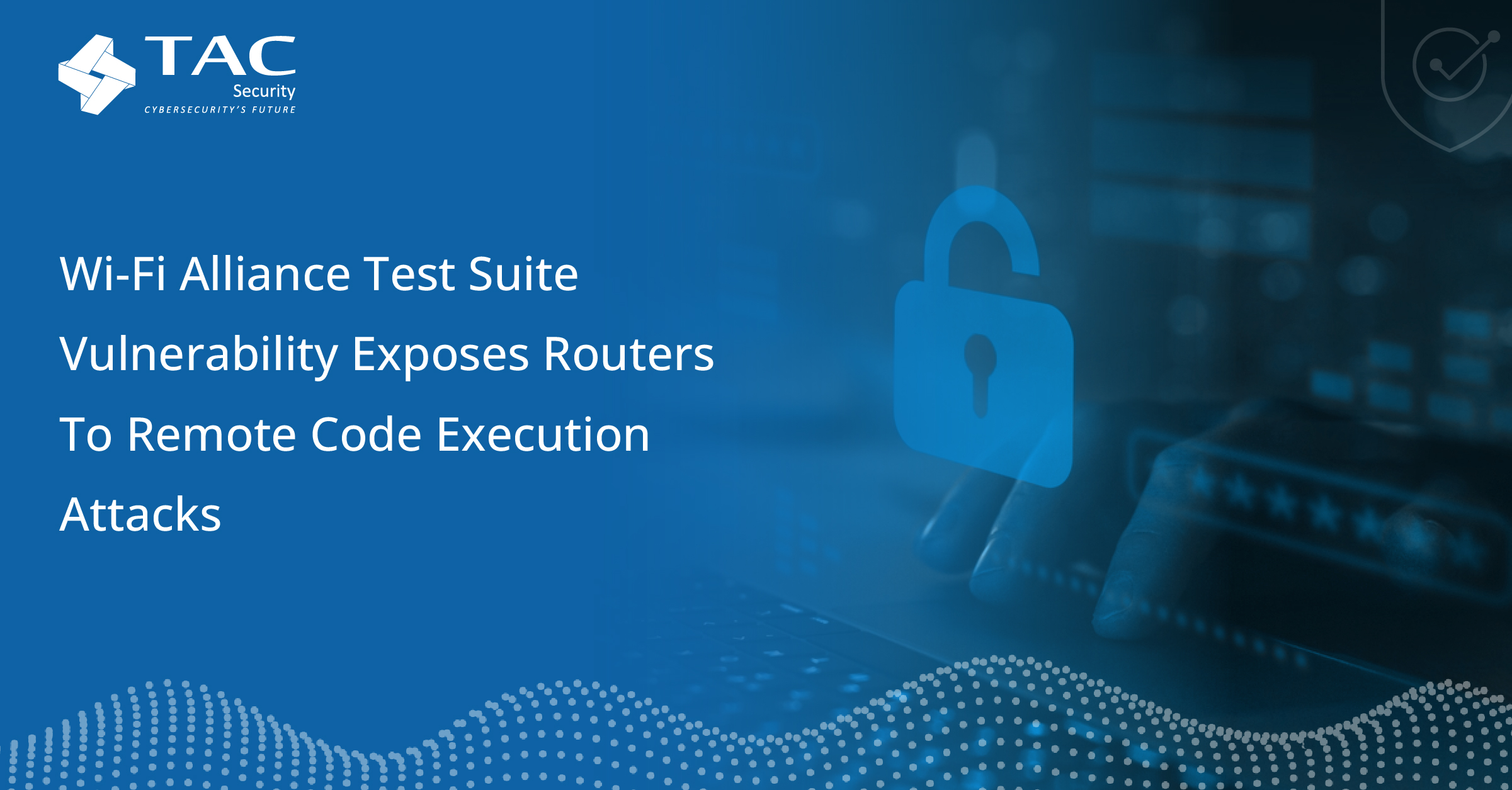Ensuring Secure Digital Transactions: 10 Best Practices for Organizations

In today’s rapidly evolving digital landscape, startups are at the forefront of innovation, particularly as they adapt to the seismic shifts brought about by the global pandemic. The surge in e-commerce and online operations has opened new avenues for growth but also exposed startups to a myriad of cybersecurity threats. With a single security breach potentially jeopardizing an organization’s reputation and viability, implementing robust security measures is no longer optional—it’s imperative.
To navigate this complex terrain, startups must adopt best practices to secure their digital transactions. Here are ten essential strategies to bolster your startup’s cybersecurity posture.
1.Strengthen Your Team’s Cybersecurity Know-How
The first line of defense against cyber threats is a well-informed team. It is crucial for every employee to recognize potential risks and know how to respond. Implement comprehensive training programs covering:
- Phishing Awareness: Equip employees with the ability to identify phishing attempts through simulated campaigns.
- Secure Coding Practices: For startups involved in software development, understanding common vulnerabilities is vital.
- Security Best Practices: Regularly train teams on password policies, customer data management, and relevant data protection laws.
- Compliance Awareness: Ensure everyone understands the legal frameworks that govern data protection to avoid costly breaches.
2.Strengthen Your Authentication Methods
Traditional authentication methods like usernames and passwords are no longer sufficient. Embrace Multi-Factor Authentication (MFA) to add layers of security:
- Biometric Verification: Utilize unique biological traits, such as fingerprints or facial recognition.
- One-Time Passwords (OTPs): Send dynamically generated codes for each transaction to enhance security.
- Hardware Tokens: Implement physical devices that generate secure codes.
- Authentication Apps: Use tools like Google Authenticator to create time-limited login codes.
3.Use Encryption for Data Protection
Encryption is critical for safeguarding sensitive information. It ensures that even if data is intercepted, it remains unreadable. Follow these best practices:
- Encrypt Data at Rest and in Transit: Protect sensitive data both during transmission and while stored.
- Manage Encryption Keys Properly: Use secure methods for key generation, storage, and rotation.
- Apply End-to-End Encryption (E2EE): This ensures that data is encrypted on the sender’s device and decrypted only on the recipient’s device.
- Regularly Update Encryption Methods: Stay ahead of evolving cyber threats by reviewing and upgrading encryption protocols.
4.Keep Your Software Updated
Outdated software is a prime target for cybercriminals. Regular updates and patches are essential to protect against malware and ransomware:
- Prioritize Software Updates: Make it a habit to check for and apply updates promptly to maintain security and compliance.
- Foster a Security Culture: Encourage a mindset of vigilance regarding software maintenance among all team members.
5.Monitor and Audit Transactions Regularly
Proactive monitoring of digital transactions is key to identifying potential threats in real-time:
- Real-Time Transaction Monitoring Systems: Implement systems that analyze transactions for unusual patterns.
- Automated Alerts: Set up alerts for suspicious transactions to enable immediate action.
- Data Analytics: Use analytics to detect anomalies and potential fraud.
- Audit Trails: Maintain logs of all transactions to ensure compliance and traceability.
6.Secure Your Mobile and Web Applications
With mobile and web applications becoming major gateways for transactions, robust security measures are critical:
- Input Validation: Always verify user inputs to protect against common vulnerabilities.
- Secure Session Management: Implement secure methods for managing user sessions.
- Secure APIs: Regularly update and secure APIs to prevent unauthorized access.
- Access Controls: Enforce strict user permissions based on the principle of least privilege.
7.Develop a Response Plan for Security Breaches
A well-defined incident response plan is crucial for minimizing damage in the event of a security breach:
- Preparation: Equip your response team with the necessary tools and authority to act.
- Identification: Set up systems for monitoring and quickly identifying breaches.
- Containment: Act swiftly to limit the spread of the breach.
- Eradication: Remove the root cause of the incident.
- Recovery: Restore affected systems while monitoring for vulnerabilities.
- Lessons Learned: Analyze incidents to improve future responses and security measures.
8.Secure APIs Integrated with Payment Systems
APIs are essential for integrating payment systems but can also introduce vulnerabilities. Strengthen API security with these practices:
- Authentication and Authorization: Implement robust authentication mechanisms.
- Secure Data Transmission: Use HTTPS to encrypt data in transit.
- Rate Limiting: Control API usage to prevent abuse and denial-of-service attacks.
- Input Validation: Rigorously check input data to protect against vulnerabilities.
- Regular Security Testing: Incorporate security testing into the API development lifecycle.
9.Leverage Blockchain for Enhanced Security
Blockchain technology offers unique benefits for secure transactions:
- Tamper-Proof Records: Transactions cannot be altered without consensus from the network.
- Transparency: Secure data is visible only to authorized parties.
- Reduced Costs: Blockchain can simplify processes by reducing reliance on intermediaries.
- Enhanced Security: The decentralized nature of blockchain mitigates the risk of data breaches.
- Smart Contracts: Automate and enforce terms through self-executing contracts.
10.Partner with Trusted Security Vendors
Establishing partnerships with reputable security vendors can bolster a startup’s defenses:
- Expertise and Reputation: Choose vendors with proven track records in cybersecurity.
- Comprehensive Services: Look for a range of offerings, from risk management to incident response.
- Customer Support: Ensure they provide responsive support and ongoing guidance.
By collaborating with trusted vendors, startups can enhance their security posture and focus on growth without compromising their digital transaction integrity.
Conclusion
In conclusion, as organizations continue to embrace the digital landscape, securing online transactions must be a top priority. By implementing these ten best practices, organizations can build a robust defense against cyber threats, protect sensitive data, and maintain the trust of their customers. Investing in cybersecurity today is not just about compliance; it’s about ensuring a sustainable future in an increasingly digital world.





